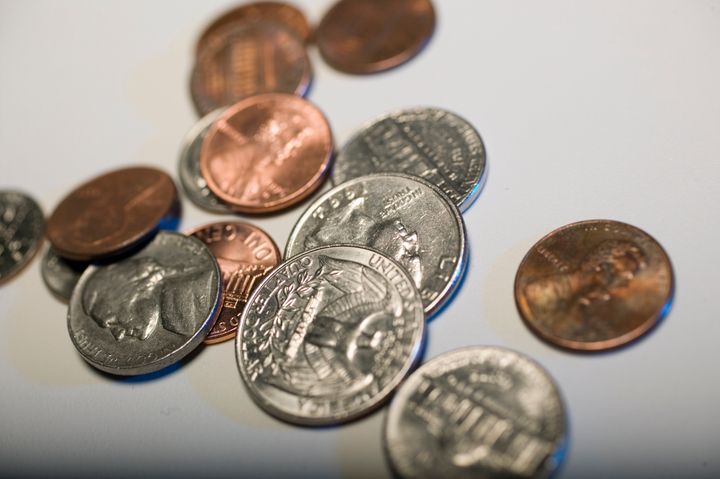The Great Recession had just formally ended, Barack Obama was entering only his seventh month in the White House and the Black Eyed Peas were atop the Billboard Hot 100 with “I Gotta Feeling.”
That’s what was happening in America the last time the federal minimum wage was increased on July 24, 2009 — the last of a series of hikes signed into law by former President George W. Bush in 2007.
Fifteen years later, it remains just $7.25 per hour, the equivalent of a $15,000 salary for someone working full-time.
A lot has happened on the state and local levels over the past decade and a half. A majority of states, including several dominated by Republicans, have bumped their own minimum wages well above the federal rate, with some headed to $15 per hour and beyond.
“As more time passes or the economy goes south and wage growth slows, the federal minimum wage will have newfound significance.”
And many localities have taken matters into their own hands, implementing robust minimum wages through referendums and local ordinances. A total of 60 cities and counties will increase their wage floors this year, according to an analysis from the National Employment Law Project, which advocates for higher minimum wages.
Some have even abolished the “tipped” minimum wage, guaranteeing servers and other tipped workers the same minimum rate as other workers before gratuities.
Yet the federal minimum wage has seen no movement at all, thanks primarily to resistance from Republicans in Congress.
If Donald Trump wins the White House or Republicans take full or partial control of Congress this fall, the odds of the minimum wage increasing anytime soon will probably stay close to nil.
The federal rate has lost some of its relevance due to those state wage increases as well as the tight pandemic-era labor market, which forced employers to bid up wages to retain workers. Even President Joe Biden, who pushed for a higher wage floor during his 2020 campaign against Trump, doesn’t talk much about the issue these days.

The federal minimum wage remains a bedrock of labor protection that’s been in place since the New Deal, and it prevails in any state that doesn’t mandate a higher one, including much of the South. As more time passes or the economy declines and wage growth slows, the federal rate will have newfound significance.
Some Republicans have signaled a willingness to bump up the minimum wage, albeit not as high as Democrats would like — and with some strings attached.
GOP Sens. Mitt Romney (Utah) and Tom Cotton (Ark.) proposed a plan in 2021 that would hike the federal wage floor from $7.25 to $10 per hour while instituting a nationwide mandate that employers use E-Verify, the system meant to confirm workers are not undocumented. Some, but not all, states currently require employers to use E-Verify when hiring.
“The federal minimum wage remains a bedrock of labor protection that’s been in place since the New Deal, and it prevails in any state that doesn’t mandate a higher one.”
Many Democrats viewed the E-Verify provision as a poison pill and the proposed increase as insufficient. The party has coalesced around a minimum wage of at least $15, a level most Americans support in polling.
Thirty Senate Democrats have co-sponsored a bill from Sen. Bernie Sanders (I-Vt.) that would hike it to $17 over the course of five years. However, some lawmakers who caucus with Democrats haven’t gotten onboard, including outgoing Democrat-turned-independent Sens. Joe Manchin (W.Va.) and Kyrsten Sinema (Ariz.).
The Economic Policy Institute, a left-leaning think tank, estimates that nearly 30% of Black workers would see a raise due to the $17 proposal, along with nearly a quarter of Hispanic workers.
It seems highly unlikely that Trump would endorse an increase should he win the White House again, though his views on the minimum wage have often conflicted with one another. Over the years, he has waffled on workers’ wages being either too high or too low, and though as a candidate in 2016, he once said he was “looking at” a minimum wage increase, he later said the policy should be left to the states.
When asked about the issue in a 2016 interview with Fox News, Trump managed to contradict himself in the same sentence.
“I would leave it and raise it somewhat,” the then-candidate said. “You need to help people. I know it’s not very Republican to say. But you need to help people.”
Disclaimer: The copyright of this article belongs to the original author. Reposting this article is solely for the purpose of information dissemination and does not constitute any investment advice. If there is any infringement, please contact us immediately. We will make corrections or deletions as necessary. Thank you.
